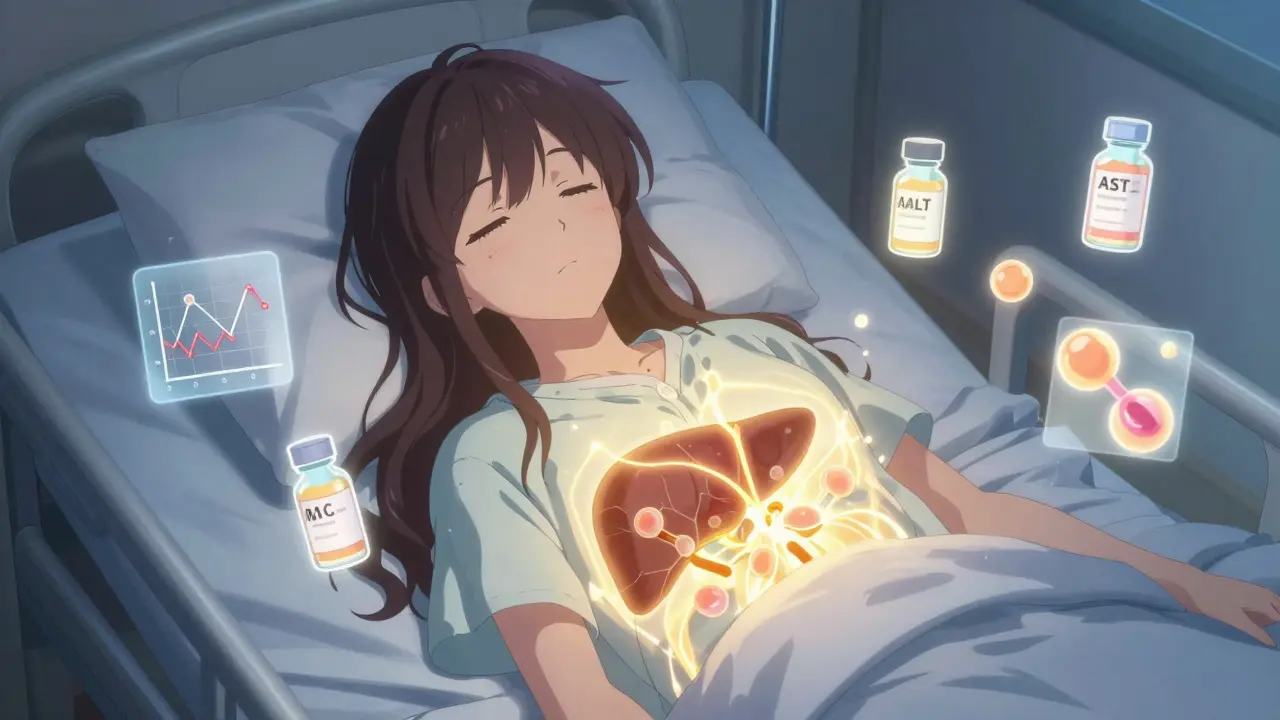Liver Health: Simple, Practical Steps You Can Start Today
Fatty liver shows up in about 1 in 4 adults worldwide — and it often has no symptoms until it’s advanced. Want a plan that actually helps? Below are clear, useful actions you can use today to reduce risk, ease strain on your liver, and spot problems early.
Everyday habits that help
Cut added sugars and refined carbs first. High fructose intake and sugary drinks feed fat buildup in the liver. Swap soda for water or plain sparkling water and choose whole grains instead of white bread or pastries.
Move more. Aim for at least 150 minutes of moderate aerobic activity a week, plus two strength sessions. Exercise reduces liver fat even before weight drops.
Watch alcohol. If you drink, keep it moderate: no more than one drink a day for women and two for men. For people with existing liver disease, alcohol should be avoided entirely.
Mind medications and over-the-counter pills. Acetaminophen (paracetamol) is safe at recommended doses but don’t exceed 3,000 mg per day without medical advice. Check interactions if you take multiple drugs — your liver processes lots of medicines.
Diet, supplements, and what really helps
Choose a Mediterranean-style plate: vegetables, fruits, lean protein, whole grains, nuts, and olive oil. This pattern lowers liver fat and helps blood sugar and cholesterol.
Coffee is one of the few drinks that consistently shows liver benefit. Two to three cups daily are linked in large studies to lower risk of liver fibrosis and cirrhosis. Don’t load it with sugar.
Be careful with supplements. High-dose vitamin A, certain herbal concentrates (like green tea extract or kava in large amounts), and unchecked weight-loss supplements can harm the liver. Talk to your clinician before starting anything new.
Lose weight safely if needed. A steady 5–10% body-weight reduction often cuts liver fat and inflammation. Avoid crash diets; slow, consistent changes work best for the liver.
Control related health issues. Treating type 2 diabetes, high blood pressure, and high cholesterol reduces liver stress. Small improvements in blood sugar and lipids help the liver recover.
Vaccines and screening matter. Get the hepatitis B vaccine if you’re not immune. Ask your doctor about hepatitis C testing if you were born between 1945–1965, have a history of injection drug use, or received blood products before widespread screening.
Know the red flags. Dark urine, yellowing skin or eyes, unexplained itching, persistent abdominal pain on the right side, and sudden fatigue are reasons to seek care. Routine liver blood tests (ALT, AST) can catch trouble early.
Small changes add up. Swap one sugary snack for fruit, add a 20-minute walk after meals, and review your meds with a pharmacist. Those steps lower liver strain fast and stack into real benefits over months.
If you have liver disease or risk factors, work with a clinician for tailored care. Simple, everyday choices will protect your liver and make your whole body feel better.
Alcohol Withdrawal and Liver Health: Safe Detox Strategies
Learn how alcohol withdrawal affects liver health and what safe detox strategies actually work. Discover why medical supervision, nutrition, and avoiding common mistakes are critical for liver recovery.
View MoreAcetaminophen: How to Use It Safely, What to Watch Out For, and Myths Busted
Acetaminophen is one of the most common over-the-counter medicines, but it’s easy to get confused about how to use it the right way. This article explains what acetaminophen actually does, common mistakes people make, and how to take it without risking your health. We’ll bust some popular myths, go over side effects, and give you honest tips on staying safe. Everything you never knew you needed to know about acetaminophen, written in plain English.
View More

